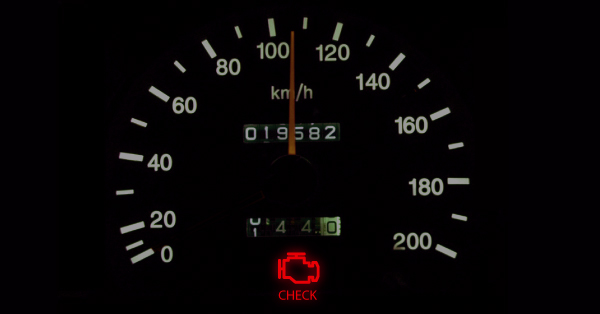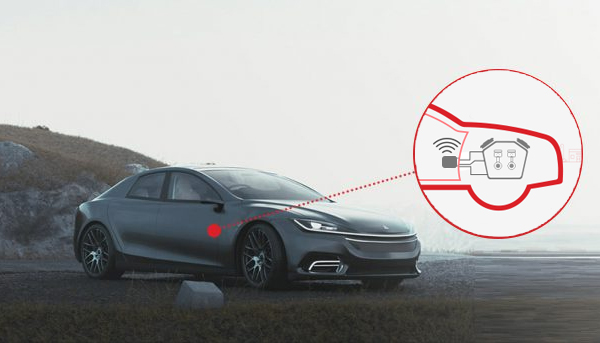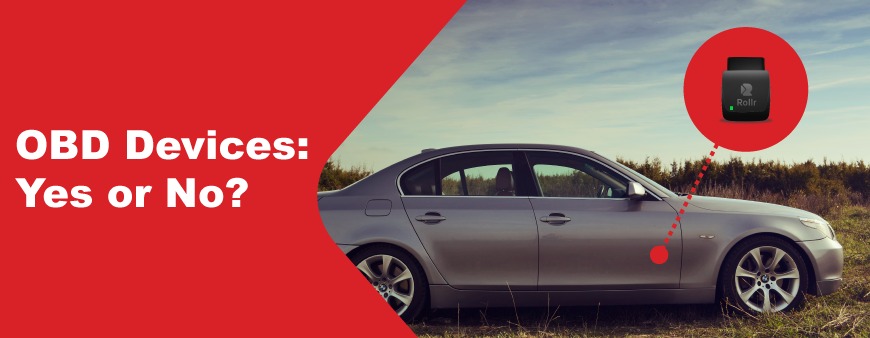
Every time you see the “Check Engine” light flashing on the dashboard, it’s time to take a trip to the service station. And sometimes, it’s frustrating to find out that the light went on due to a loose fuel cap, something that you could have easily fixed. Life would be a lot easier if we could find out exactly what’s wrong with the car, before we drive down to the service center.
Auto mechanics are able to figure out the problems with your car using OBD scanners. These are devices that plug into the OBD port in your car and read the data stored. This data is analysed to identify the specific issue; whether it’s an engine misfire, or loose wires, or change in oxygen levels.

If you had one of these OBD scanners you could also do some quick checks on your car, right?
Yes, but you would have to understand a lot more about OBD scanners and error codes before you can make sense of the data.
So, here’s everything you need to know about OBD scanners:
- What is OBD and how does it help?
- What problems does the OBD system detect?
- Why do I need an OBD scanner?
What is OBD and how does it help?
OBD stands for On Board Diagnostics. It’s an in-built system in your car that monitors and records data from the Electronic Control Units (ECU) – small computers that control the micro-functions of different vehicle parts. Most car models manufactured in India post 2010 come with the OBD 2 port.
Once you start your car, the OBD system begins the scanning process to check if all the components of your engine are performing as expected. If the system detects a major error, it can also trigger the “Malfunction Indicator” or “Check Engine” light to be ON. This gives drivers a warning that there is something wrong, and it needs to be checked and fixed.

A glowing Check Engine light, however, is no reason to panic in most cases. It is an advanced warning and you can safely drive your car till you find the time to get it checked. A flashing Check Engine light can indicate a major engine error, and in such cases, it is advisable that you get it checked as soon as possible.
What problems does the OBD system detect?
The OBD system monitors, and can detect errors, across all aspects that impact engine performance. Some of the key aspects covered are:
- Fuel Systems
- Engine Misfires
- Emissions Control Systems
- Vehicle/Speed Idling Controls
- Computer Systems
- Transmission Systems
- Others related to vehicle body & chassis etc such as Seat-belt, Airbags etc.
In case you are the curious types, you can check out the complete range of OBD parameters.
Each error is assigned a particular code and stored in the OBD system. When auto mechanics plug in an OBD scanner into your car, it reads these error codes and that’s how they know what’s wrong with your car.
Why do I need an OBD Scanner?
While your car comes with an OBD system and the Check Engine light warns you when there is a problem with your engine, you would still benefit from an OBD scanner because:
An OBD scanning device can save you time and money
Car owners frequently spend a lot of time and money at service centers. The Check Engine light tells you something is not working right. But you do not know the exact problem, so you cannot determine whether it’s something you can easily fix or it needs expert help. Nor can you determine how much it will cost, not until the service center hands you a huge bill.

OBD devices work very much like the ones that auto mechanics use. Plug them into your OBD port and you would know exactly what is affecting your engine performance. You can then decide how critical the problem is, how much time it should take to fix, and some idea of how much it should cost.
OBD devices are crucial to ensuring vehicle safety
When you have a busy schedule, it’s easy to ignore the glowing Check Engine light, or tell yourself, “I’ll get to it on the weekend.”
However, an OBD scanner can immediately tell you the severity of the issue, and make sure you are not driving your car with major problems that can cause accidents.
However, to be able to benefit from an OBD scanner device, you would ideally need to know all the error codes, and only then can you identify the problems. But not all of us would be really interested in doing that.

So, the best course of action is to get OBD scanning devices that can convert error codes into easy-to-understand problems and action items. The Rollr Mini, which plugs into your OBD 2 port, can perform complete vehicle diagnostics and send car-health alerts to your phone. One quick look at your notifications and you can easily figure out why your Check Engine light is on, and what to do about it.
Now that you know all about your car’s OBD system, and how OBD scanners work, how about a quick tour of the Rollr Mini?





About The Author: Rollr
More posts by Rollr